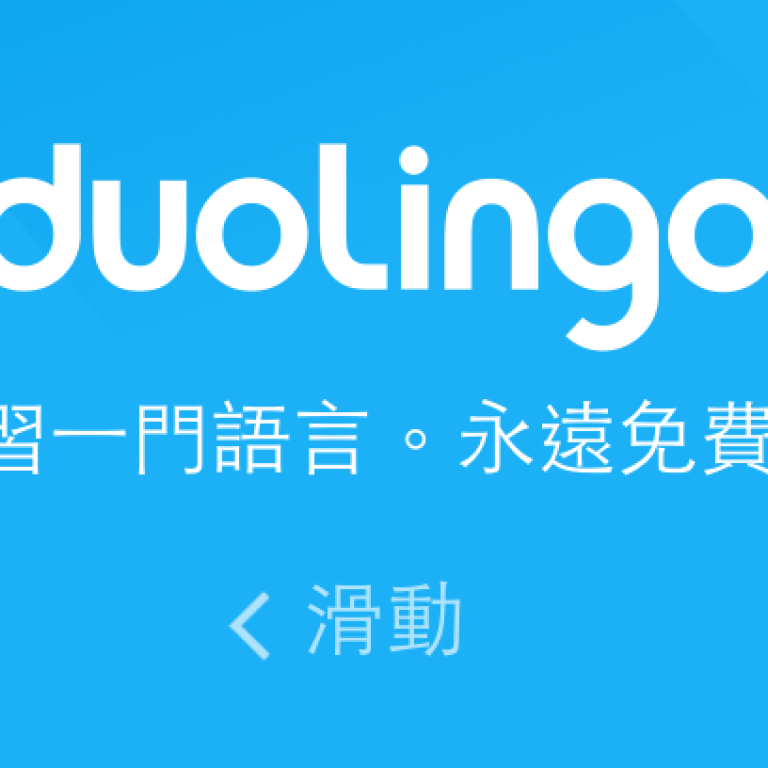
Language learning app Duolingo makes waves in the Chinese market
Intended to help Chinese speakers learn English, Duolingo has launched both simplified and traditional Chinese versions
An educational app that utilises games and prizes to make the language learning process easier, Duolingo originally launched in mainland China for iOS devices on April 24.
Featuring an interface in simplified Chinese and a wide variety of American English lessons, the app surpassed 1.5 million downloads after its first week on the Apple store.
On July 15, Android and iOS versions of Duolingo were released in traditional Chinese, specifically intended for the Hong Kong market. A simplified Chinese Android version was later revealed on July 25, racking up nearly 350,000 downloads in three days.

According to Gina Gotthilf, Head of Communications for Duolingo, the app must go through an extensive testing process whenever it is translated into a new language.
“It generally takes a team about three months to create a new [localised version] of Duolingo, and then a few weeks to perfect it,” Gotthilf said. “For the Chinese [localisation], bilingual volunteers created the course…and then customised and perfected it based on their knowledge of cultural and linguistic variations.

Duolingo currently offers English lessons for French, Spanish, German, Portuguese, Italian, Dutch, Russian, Polish, Turkish, Romanian, Hungarian, Korean, Japanese, Chinese, Indonesian and Hindi speakers.
Duolingo users who already speak English can also use the app to take lessons in Dutch, Italian, Portuguese, Brazilian, Spanish, French and German.
Gotthilf says that eventually, Asian languages such as Putonghua will possibly be offered for English speakers.
“We get requests to learn Asian languages a lot,” Gotthilf says. “We definitely want to include these in Duolingo and have plans to do so, but not in the immediate future.
“Right now, our goal is in bringing free language education to the world and impacting the largest number of people whose lives could be greatly improved by having access to learning a new language - and this often means English.”
The app has since racked up over 30 million users worldwide, the majority of which are evenly split across North America, Latin America and Europe.

